Yoga is one of the oldest practices to strengthen physical and mental health. While the fundamentals remain the same, holding each pose offers unique benefits. You can find a combination of poses to perform a complete workout.
However, it is essential to incorporate arm poses because arm balance and strength are unparalleled in the exercise. This article explains some of the popular yoga poses for arms suitable for individuals that are starting out and also those who are advanced practitioners. Let’s get to it.
Explanation of The Importance of Arm Strength in Yoga
Yoga is a diverse exercise with levels ranging from easiest to hardest. Arm strength is essential if you want to up your game and move to higher levels. The challenging yoga poses put stress on the arms that cannot be endured unless the arms have enough strength and balance.
Furthermore, improving arm strength will allow you to engage in longer sessions without experiencing fatigue or tiredness.
Overview Of The Benefits of Incorporating Arm Poses Into Your Yoga Practice
In addition to improving arm strength, incorporating arm poses offer various benefits. It will offer psychological and physical benefits such as improvement in spatial awareness, sharpening mental discipline, development of core strength, and strengthening of the body.
Arm balance also builds resilience and incorporates the ability to bounce back from challenging experiences. These arm yoga poses train your body to cope with stress by holding these poses, which reflects in daily life. It enables better handling of physical and mental stress, which goes a long way in improving your quality of life.
Basic Arm Poses For Beginners
Downward Dog
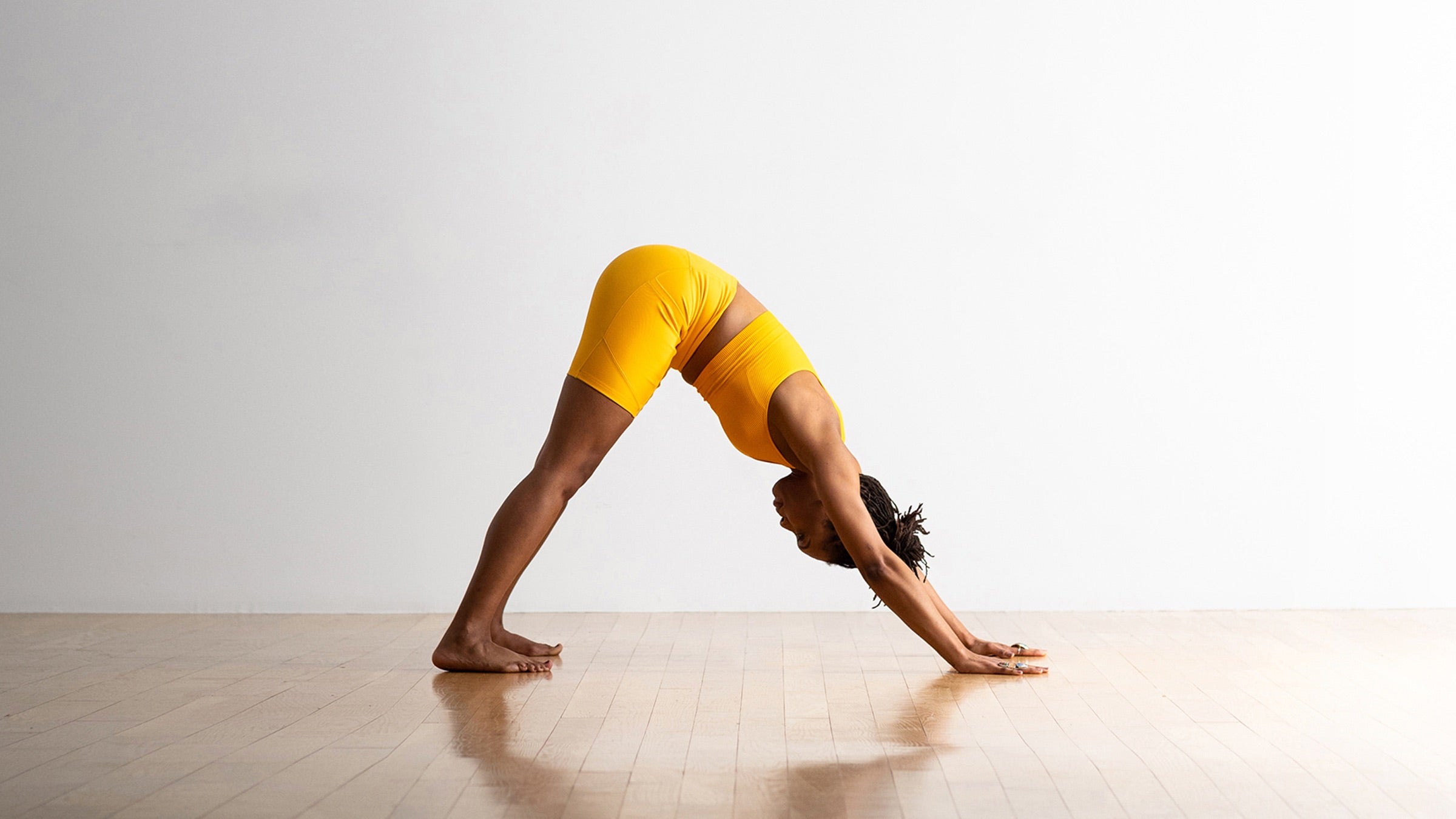
Downward Dog poses involve holding your shoulders above your wrist and hips above the knees. It is followed by bringing the hand forward and spreading the fingers. Several variations to this pose can be performed based on skill level.
Plank Pose

The plank pose targets the core and improves arm balance. You have to plank, inhale, and exhale so the sternum extends away from the belly button. If your hips tend upwards or downwards, keep them straight between the heels and the shoulders.
Cobra Pose

Cobra poses involve laying on the mat and using your hands to lift the front part of the body while keeping the legs stationary. It improves core strength and increases arm balance which helps with advanced yoga poses.
Chair Pose
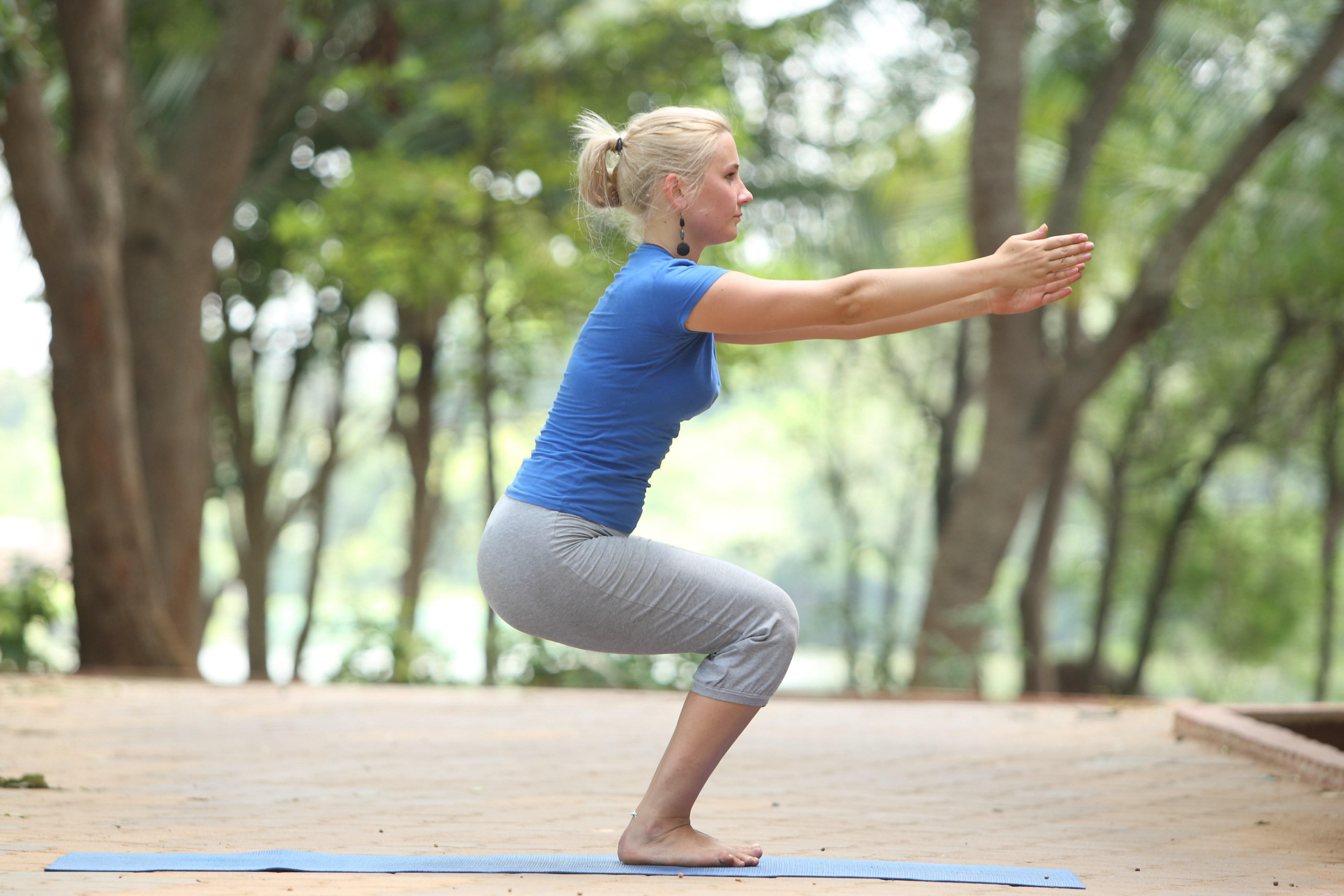
You have to extend your hands straight up and lower your hips while keeping the base steady. Try to create a chair shape to achieve the pose. This pose targets the core, improves stability, and brings arm balance.
Intermediate Arm Poses
Chaturanga

Chaturanga is similar to push up, but you have to hold the position right when the neck and head are in a straight line with the heels. You must also look straight down to achieve the pose.
Side Plank
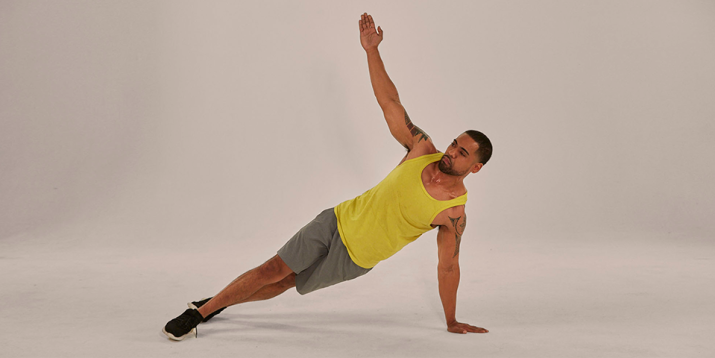
Side plank is tricky as one arm must support all body weight. You have to lie down on either side and use one arm to support the weight. The arm length from elbows to hand must touch the yoga mat.
Dolphin Pose
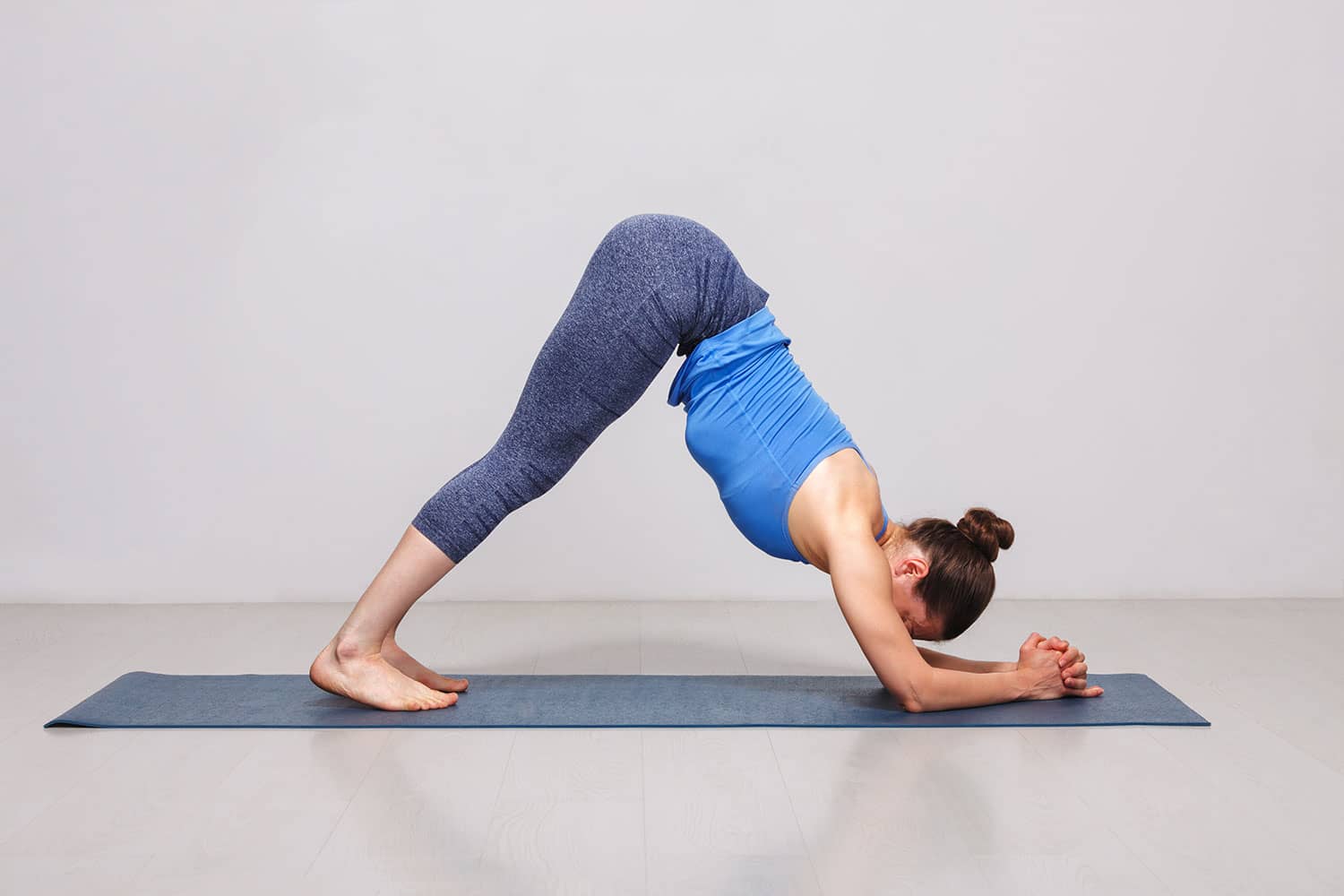
Start with a plank and raise your hip while keeping your legs stretched and straight. Move the upper body part to make a perfect inverted “V.” Keep the next aligned and straight with your spine.
Crow Pose

You have to support the entire body weight on two hands. Bend the knees to bring the palms flat on the ground and keep them apart. The hands should be planted near the naval area. Lift the rest of the body while bending your knees and holding the pose.
Advanced Arm Poses
Handstand
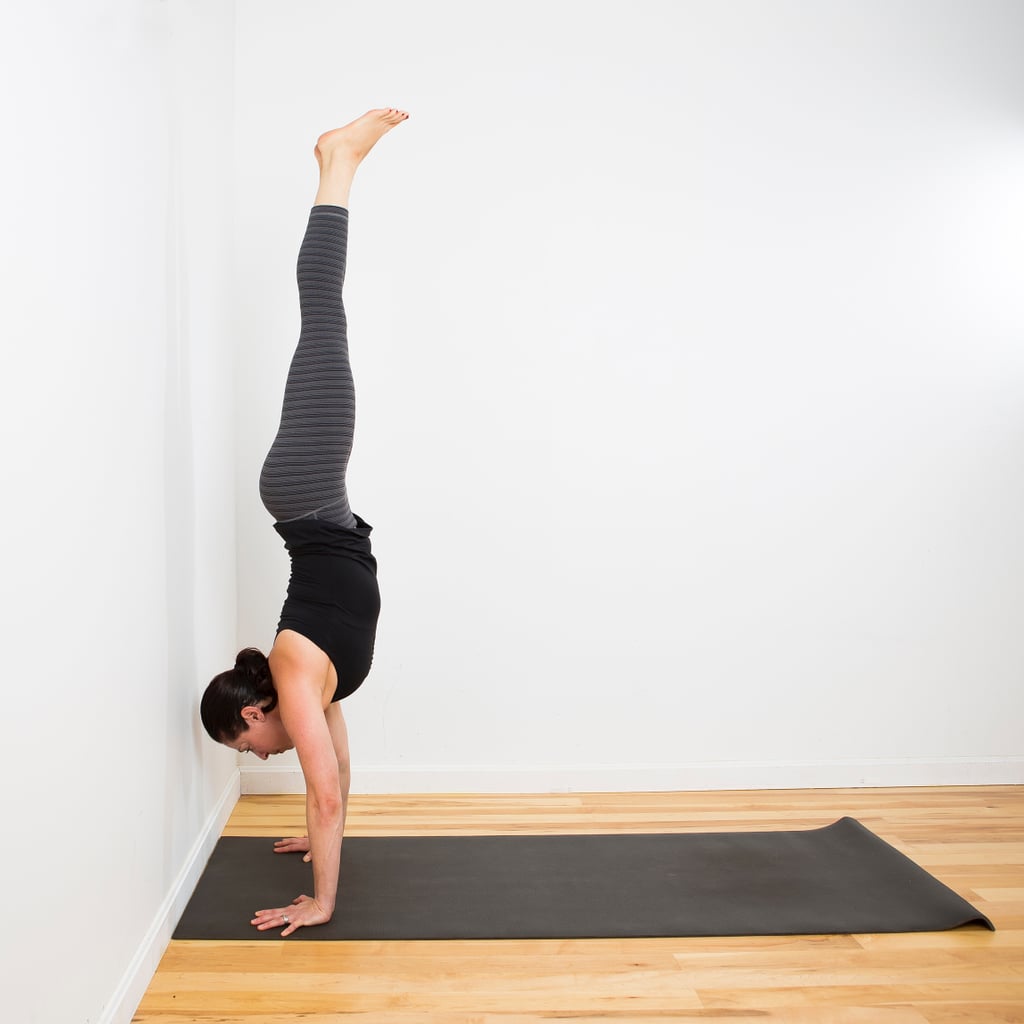
Handstand can be achieved by planting the legs on nearby walls and walking on them till you maintain a straight position. Remove the legs from the wall or other supporting structures and hold the entire body in your hands while keeping the body straight.
Forearm Stand
:max_bytes(150000):strip_icc()/59-3567078-ForearmStand-002-77ea66d9b46f46068124fb86dd13f206.jpg)
You can do the forearm stand precisely by following the basics of the handstand. However, instead of supporting the weight on hands, you have to support them at arm’s length ranging from elbows to arm. Your body should make an “L” shape to achieve this pose.
Firefly Pose
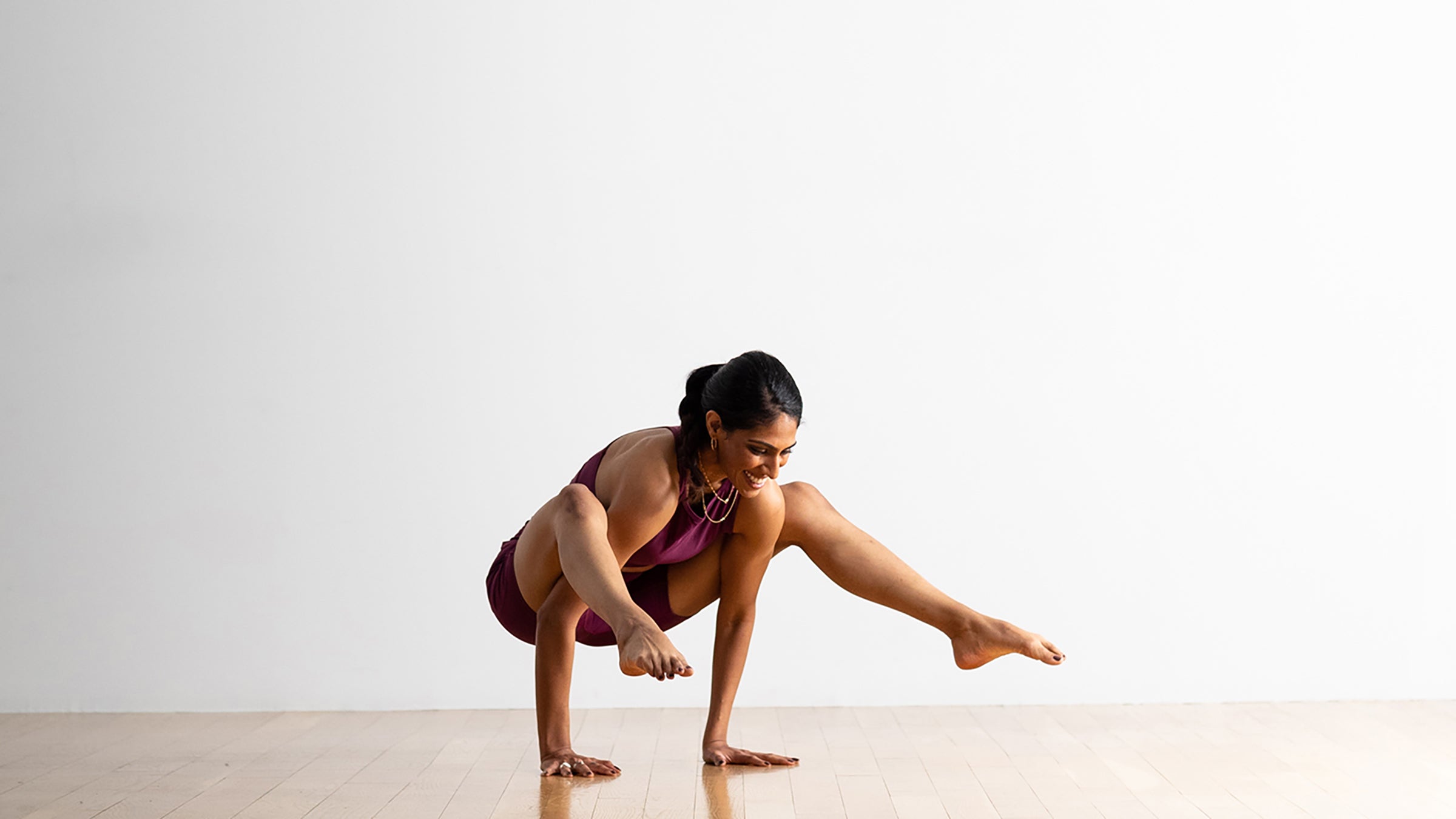
Start by keeping your feet about 18 inches apart, and come forward by slightly bending the knees. Shove the shoulders under the knees and plant the palms behind the feet. Bend the elbow and start shifting your weight to the upper arm. You will achieve the pose once the arms completely support the body.
Peacock Pose
:max_bytes(150000):strip_icc()/16-PeacockPose-007-4525b9aa09504275ac391f9ec619333d.jpg)
Maintain an upright position while sitting on your knees. You should open the hip by moving the knees apart. Come forward and plant your hands on the ground. Let the elbow bend but ensure it faces your heart.
When you plant the palms on the mat, you will feel the torso pressing against the upper arm. Bring your head forward and unbend the knees. It will engage the core and let you shift the weight to the upper body. Lift your legs one after another to achieve the pose and hold it for 15 to 30 seconds.
Tips for Proper Alignment and Technique
Yoga Alignment describes the arrangement of the body during Yoga poses. In contrast to popular belief, Yoga alignment is more than merely stacking bones and creating straight lines. Each pose requires a unique alignment which requires adequate physical strength and compliance with the basic principles.
Key Principles of Alignment
The fundamental principles of aligning the body in yoga poses include;
- Starting with a solid and stable base.
- Focus on the movement of each body part
- Read about the muscles that different poses target and ensure you engage them.
- Regardless of the pose, the neck should always align with the spine.
- Stack your joints in line to generate more stability and support
- Be cautious about the microbeads during poses and avoid hyperextension.
- While a 90-degree angle is involved in most poses, it does not mean deviations are wrong. You can change the angle based on the strength and what feels appropriate for the body.
How To Build Arm Strength Safely and Effectively
Arm strength can be achieved by practicing the yoga poses described earlier. However, if the beginner level feels too much, you can use modern exercise and equipment to build adequate strength.
Some popular exercises to improve arm strength include push-ups, dumbbell curls, triceps extensions, bench dips, dumbbell shoulder fly, and kettlebell overhead presses.
Common Mistakes To Avoid
While yoga is relatively simple compared to modern exercises, individuals make some common mistakes. Let’s look at them so you can avoid them in your sessions.
- It is okay if you cannot make the pose exactly how the instructor practices. Your body will need time to become flexible as time passes. You should invest in the process and enjoy the steps that lead to pose even when you are not achieving the exact one.
- Do not forget about your breathing. You should take a step as soon as you start feeling the strain on your breathing.
- Take time before you move to advance levels. Moving too quickly to the advanced levels will make the body prone to injuries.
- Never skip the warm-up because it improves blood circulation and gently introduces the workout you want to perform.
- Cooling down is as important as the warm-up. You should allow the body to relax to ensure it is not fatigued.
Modification and Variation For Different Levels
The best part about yoga is it does not force you to comply with each pose strictly. You can do tweaks with different poses to make them suitable for you. For example, if you cannot do the Cobra pose, you can start by laying face down on the yoga mat while keeping your legs apart.
As you inhale, draw the shoulder towards the back and try to put your chest forward. It will ease the lifting of the hand. Likewise, each pose can be broken down into several steps and achieved by tweaking it.
Individuals experiencing injuries can also make modifications to ensure they do not overstress their bodies.
When moving to advanced levels of exercise, you should hurry up and take time. Moving quickly to advanced practices will increase the risk of injuries and halt your progress. Before moving on to the next challenge, you should ensure your body has enough strength and flexibility.
FAQs
What are the benefits of Arm Yoga Poses?
Arm yoga poses do improve strength and balance, which offers not only physical benefits but also improves mental health. It improves mental discipline, spatial awareness, and the body’s core strength.
How Often Should I Practice Arm Yoga Poses?
You should perform arm yoga poses at least two to three times weekly to tone your arms.
What Equipment Do I Need To Do Arm Yoga Poses?
You need nothing besides a yoga mat to perform yoga poses. However, if you do not possess enough strength to hold basic poses, you may want to invest in dumbbells to gain some arm strength.
Can Arm Yoga Poses Help With Weight Loss?
Arm yoga poses can help you decrease fat in your arms. However, most arm exercises would not reduce the fat from the rest of your body.
What Is The Best Time Of The Day To Practice Arm Yoga Poses?
Flexibility is vital for yoga, and research has indicated our bodies are most flexible right after waking. Thus, morning is the best time to practice arm yoga poses for most people.
Conclusion
Arm strength and balance are vital for yoga, enabling you to move to advanced poses. In addition to training the body for advanced levels, arm yoga poses improve mental and physical health. That said, it is essential to do these poses with the proper techniques and avoid common mistakes the reap maximum benefits. No single pose will work for all individuals, which warrants experimentation to find what works the best.

